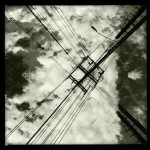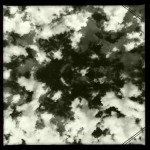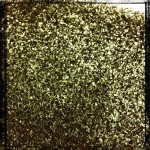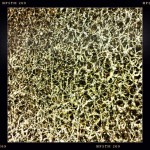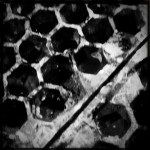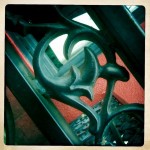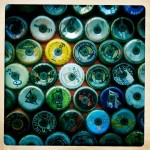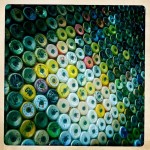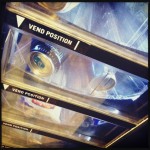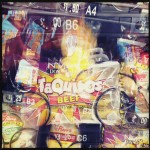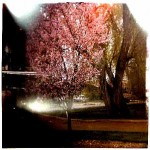Photographic Works
Hipstamatic is a digital photography application for the Apple iPhone. It uses the iPhone’s camera to allow the user to shoot square photographs, to which it applies a number of software filters to make the images look as though they were taken with an antique film camera. The user can choose among a number of effects which are presented in the application as simulated lenses, films and flashes.
Several of these are included with the application, while others may be acquired through an in-app purchase. Hipstamatic is part of a retro trend in photography, which has seen a rise in the popularity of cheap and technically obsolete analog cameras (such as Lomography and Polaroid instant cameras), as well as software filters and smartphone software that emulate such cameras.
Click an image to view a slideshow of my work:
Other vintage photography applications include CameraBag and Instagram. Like Hipstamatic, they often include social networking features. Some phones include similar built-in filters Even before I began to make films I have enjoyed taking photographs, I have always taken a somewhat abstract approach to my picture taking similar to my filmmaking. I have experimented with many formats of analog photography including 35mm, medium format and large format 4×5. and as of lately been experimenting with the Hipstamatic App for the iPhone.
The Holga 120S
The Holga is an inexpensive, medium format 120 film toy camera, made in China, known for its low-fidelity aesthetic the Holga’s low-cost construction and simple meniscus lens often yields pictures that display vignetting, blur, light leaks, and other distortions. The camera’s limitations have brought it a cult following among some photographers, and Holga photos have won awards and competitions in art and news photography. The Holga camera was designed by T. M. Lee in 1981, and first appeared outside China in 1982 with its appearance in Hong Kong. At the time, 120 rollfilm in black-and-white was the most widely available film in mainland China.
The Holga was intended to provide an inexpensive mass-market camera for working-class Chinese in order to record family portraits and events. However, the rapid adoption of the 35mm film format due to new foreign camera and film imports virtually eliminated the consumer market for 120 rollfilm in China. Seeking new markets, the manufacturer sought to distribute the Holga outside mainland China. Within a few years after the Holga’s introduction to foreign markets, some photographers began using the Holga for its surrealistic, impressionistic scenes for landscape, still life, portrait, and especially, street photography.
These owners prized the Holga for its lack of precision, light leaks, and inexpensive qualities, which forced the photographer to concentrate on innovation and creative vision in place of increasingly expensive camera technology. In this respect, the Holga became the successor to the Diana and other toy cameras previously used in such work. A Holga photograph by David Burnett of former vice-president Al Gore during a campaign appearance earned a top prize in a 2001 White House News Photographers’ Association Eyes of History award ceremony. ecently the Holga has experienced renewed consumer interest outside China due to the increasing popularity of toy cameras, and a continuing counterculture response to the increasing complexity of modern cameras. I was gifted one of these beautiful cameras from a friend xmas 2003 and these are some of the photographs I have taken:
